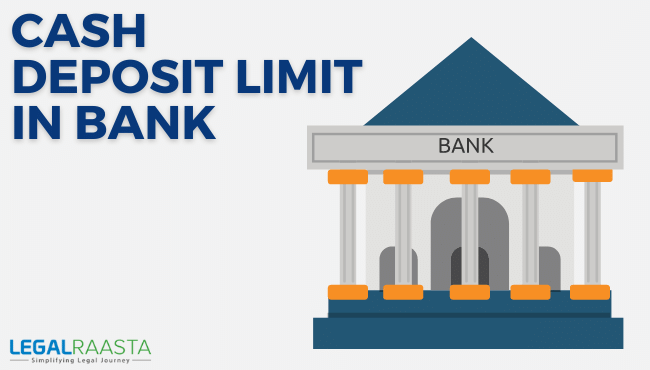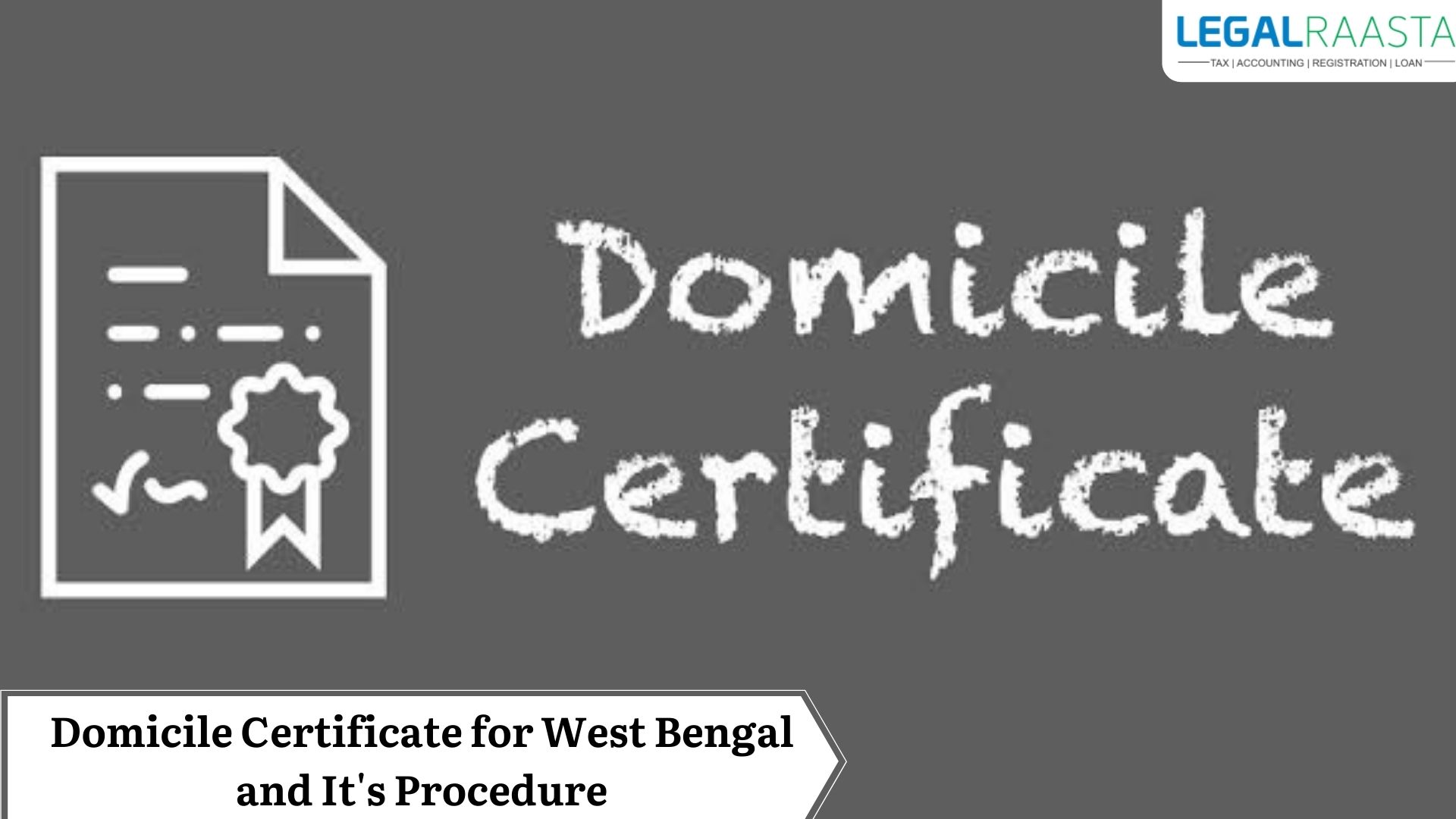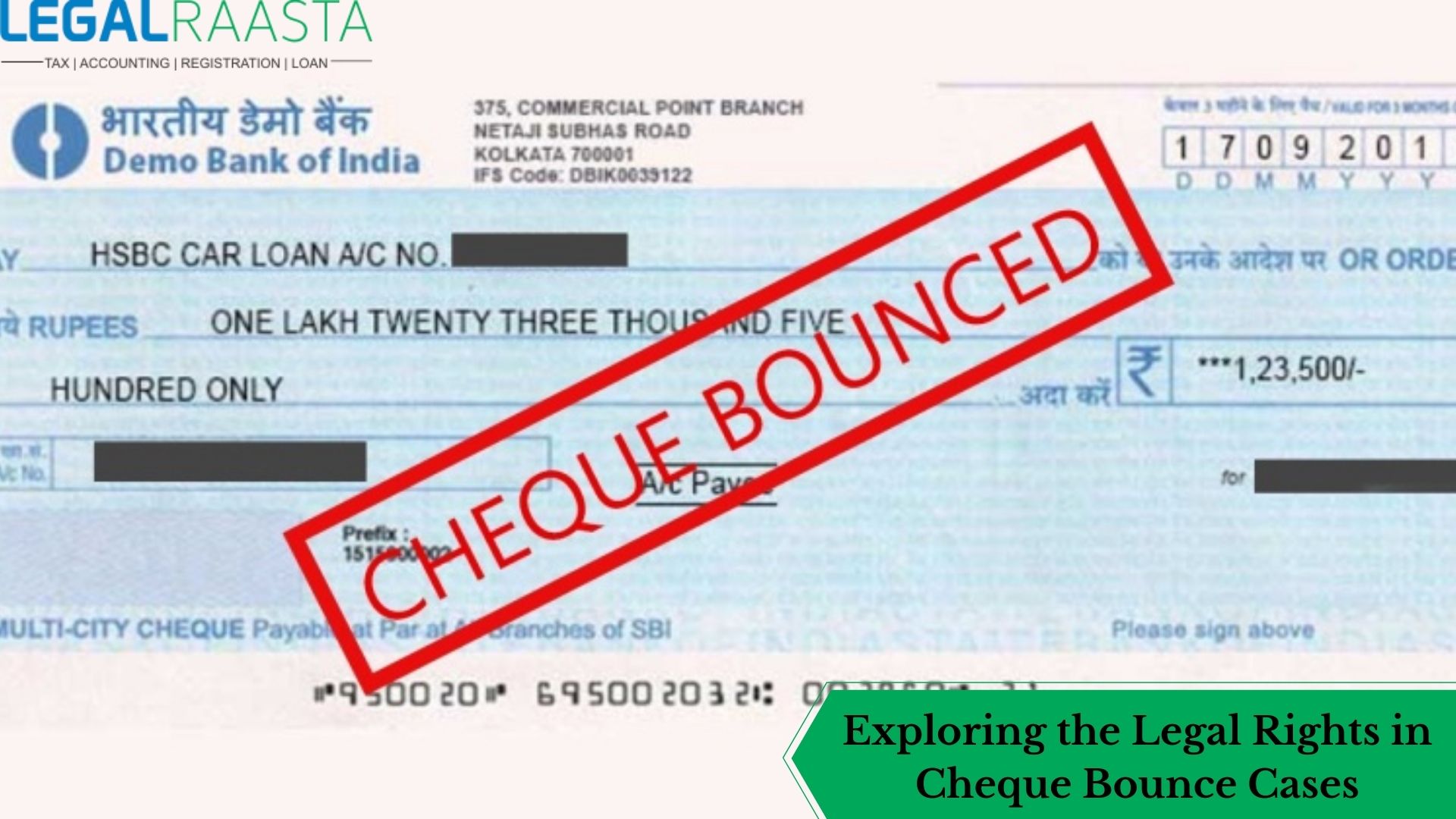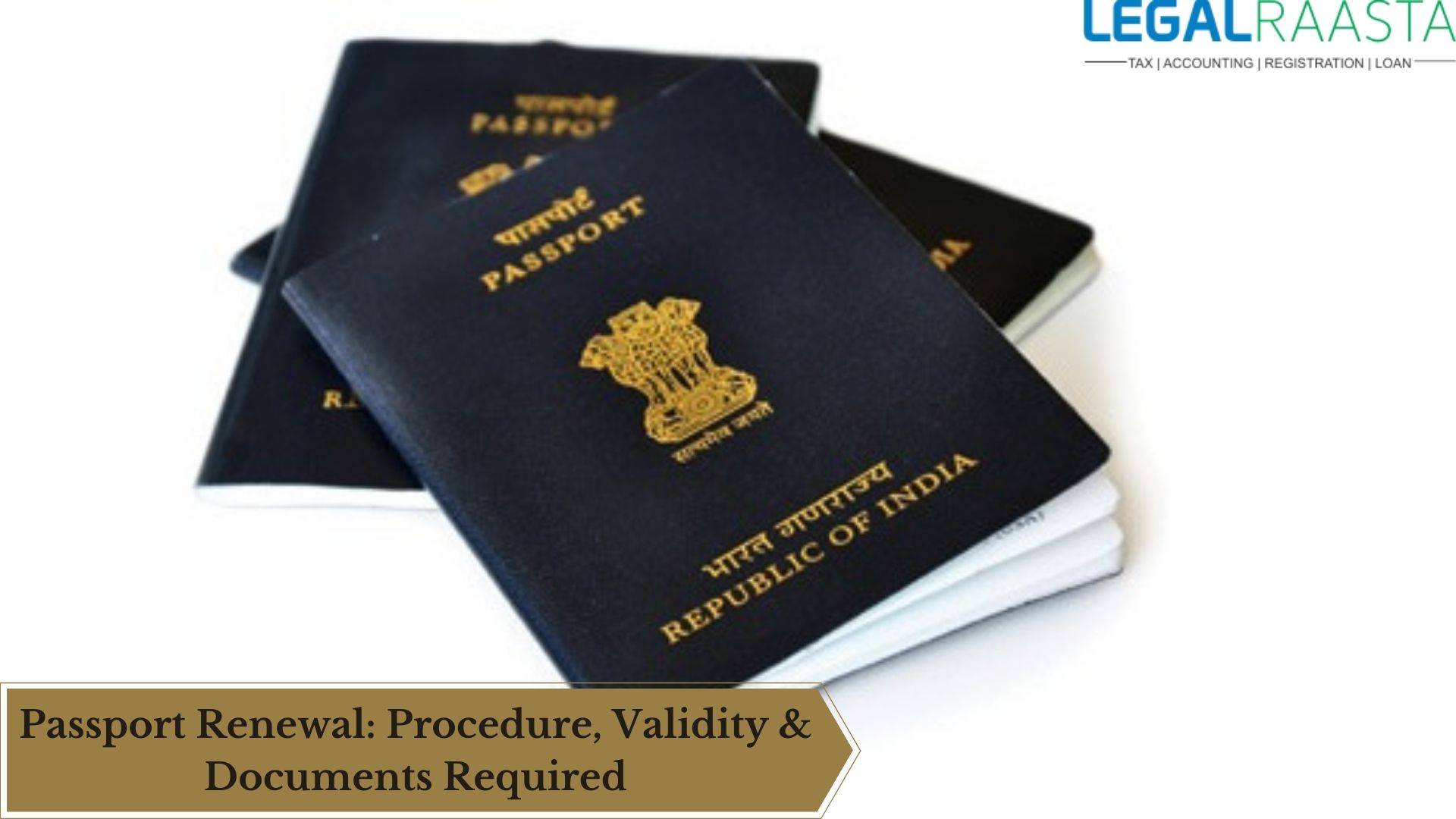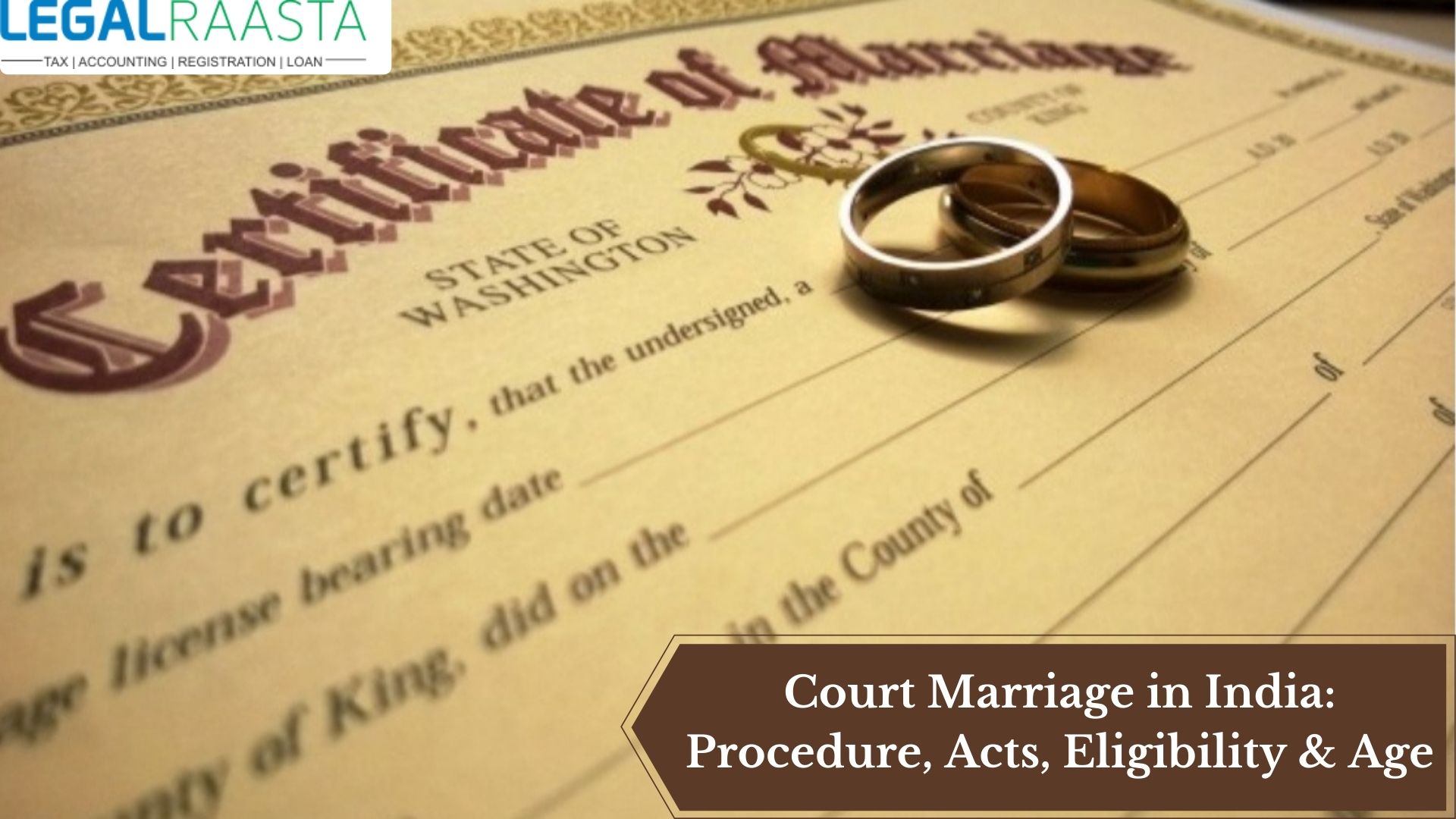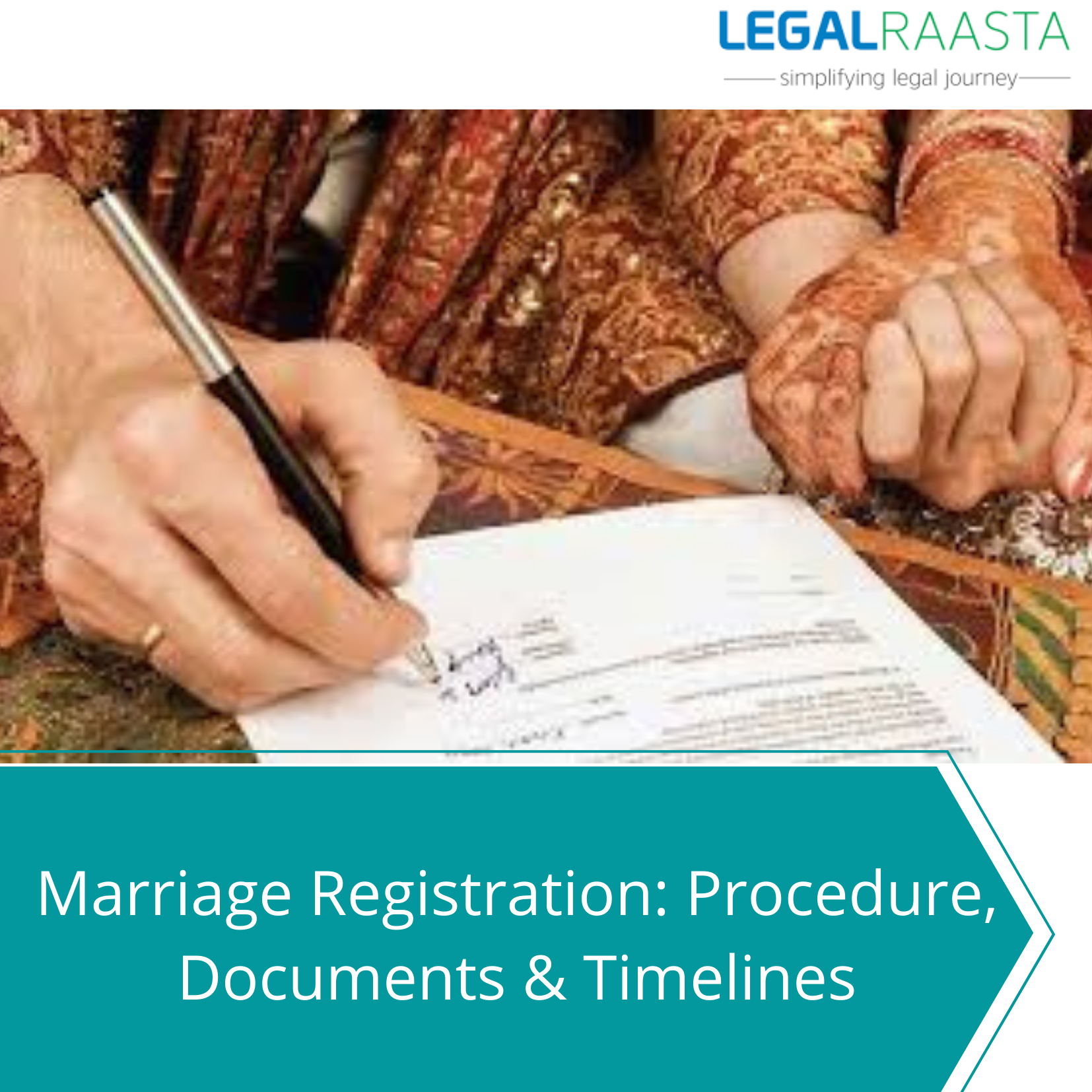Cash deposit limit in bank
Cash deposit limit in bank
Black money has been reported to be growing at a faster rate, which has a direct impact on the Indian economy. To gain control over black money, verification of cash deposits in bank is required. Following demonetization, there is a limitation on depositing large sums of cash in the bank. The Internal Revenue Service has made measures for the verification of monetary deposits. If someone exceeds the cash deposit limit prescribed by the Reserve Bank of India's guidelines, the income tax department has the authority to verify the cash deposit.
Definition of cash deposits
Cash deposit is the act of depositing money into a bank or savings account via money transfer, ATM, or bank teller (an employee of the bank). Cash deposit, in general, refers to the act of depositing money with a financial institution for safekeeping. A person can withdraw cash after the transaction is completed.
Why is it required to verify a cash deposit?
The monetary deposit must be verified in order for the government's records to be accurate. It has been discovered that certain persons in India do not pay income tax to the government. In general, some people never declare the amount that is intended for tax purposes on their bank account or in their tax return.
Black money is defined as money on which the required tax has not been paid to the government. People used to make a large number of cash deposits in the bank without revealing their source of income, but this is now illegal. Because the concept of black money is becoming more prevalent in India, it is vital to verify cash deposits in order to remove it.
Income-tax Act of 1961 provisions for cash deposit limit verification
The Indian government has made provisions for cash deposit verification. The Assessing Officer has the authority to request information related to the verification of cash deposits under "Operation clean money" under section 133(6) of the Income Tax Act, 1961.
The Central Board of Direct Taxes (CBDT) released “Standard Operating Procedure” on February 21, 2017, and each
Assessing Officer is required to follow it for cash deposit verification: Every Assessing Officer/AO has been empowered by the CBDT to issue a notice u/s.133(6) of the Income Tax Act for online verification of cash deposits.
What is the purpose of Operation Clean Money?
On the 31st of January 2017, the Income Tax Department initiated “Operation Clean Money” to investigate tax evaders and conduct e-verification of big cash deposits made between November 9 and December 31, 2016. The primary goal of this operation is to check the taxpayers' cash transaction status during the Demonetization period.
It also attempts to take appropriate legal action if cash transactions do not match the taxpayers' income tax statements. During the first round, 18 lakh people were identified as having cash transactions and cash deposits that did not match their profile.
If the cash deposit limit exceeds Rs.25 lakh, the PAN card must be verified.
Following demonetization, the Indian government ruled that no one can make multiple cash deposits in bank accounts without first updating his or her PAN card with the bank. Prior to November 9, 2016, the cash deposit limit was Rs 50,000 without a PAN card update. The government issued a circular stating that if a person's cash deposit surpassed Rs.25 lakh between November 9 and December 30, 2016, the person's PAN card must be checked.
Online Verification of Cash deposit
Because of the rapid advancement of technology, the Indian government has developed provisions for online verification of cash deposits. Tax authorities and taxpayers both benefit from online verification because it saves time. Verification over the internet. Demonetization data is compared to information in the Income Tax Department database using online verification. It is relatively easy to identify taxpayers whose cash deposits and cash transactions do not appear to match the taxpayer's profile using online verification. The taxpayer must first register with the e-filing system in order to verify the cash deposit.
- The taxpayer must first log in to the government's e-filing portal to complete the registration process.
- After logging into the portal, the taxpayer must select the "Register yourself" option.
- The taxpayer must fill out the registration form and then click the "Submit" button.
- The taxpayer successfully registered himself/herself after submitting the registration form.
Information for Viewing
The PAN holder would be able to see information on cash deposits in the e-filing portal.
The information on cash transactions can be viewed in the following ways by a taxpayer:
- Logging into the e-filing portal is required for the taxpayer.
- After logging in, the taxpayer must select the cash transactions option from the compliance segment.
- The transaction details for the cash deposit will be displayed.
Response Submission
The taxpayer must verify that the bank account is linked to his or her PAN. If the taxpayer certifies that the bank account belongs to him or her, he or she must offer more information. The taxpayer must provide detailed information about the cash source.
Verification of Case
Some instances will be chosen for verification based on risk criteria. If the case is chosen for verification, additional information will be requested, and the response will be sent to the taxpayer electronically. When fresh information, responses, and data analyses are received, the information on the online portal will be updated.
Penalties for non-compliance
In the event of noncompliance, the Assessing Officer can access the PAN holders' ITS profiles, exercise powers under Section 133(6) with the prescribing authority's agreement, take survey action under Section 133A, and more. The AO, on the other hand, has the option of filing a criminal complaint under section
269SS or section
269T of the Act.
Approval and Closure
Assessing officials have the authority to close a person's records following proper verification and approval from the relevant authorities. For transactions under Rs.10 lakh in tier-1 cities, the applicable authority is the Additional/Joint CIT. The AO should consult the Pr. CIT for other cities.
Conclusion
Taxpayers, as well as those who wish to make a cash deposit in a bank, must have complete information about the cash source. If a cash transaction exceeds the amount prescribed by the Reserve Bank of India, it is important to verify the cash deposit. Verification of cash deposits is necessary to eradicate black money from Indian society. No one can escape a single tax if suitable guidelines for cash deposit verification are established.

